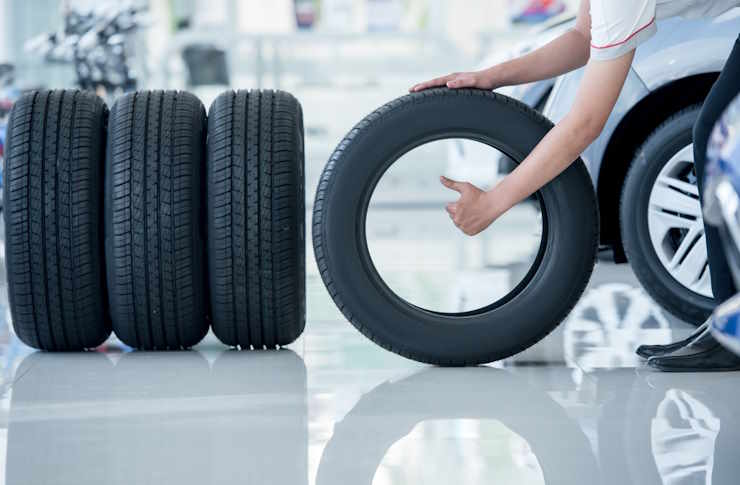Inspection Protocols for Resale Value and Regulatory Compliance
Clear, consistent inspection protocols help preserve vehicle resale value while ensuring regulatory compliance. This article outlines practical inspection approaches for maintenance, diagnostics, emissions, and electric systems to support longevity, safety, and documented servicing.

Maintaining thorough inspection protocols benefits both resale prospects and compliance with safety and emissions regulations. Regular, documented checks establish a verifiable service history that prospective buyers and regulators can review. Inspections should balance routine maintenance tasks with targeted diagnostics for evolving systems such as electrified powertrains and connected telematics. Adopting structured checklists and scheduled servicing helps identify wear, confirm repairs, and protect warranty coverage, all of which contribute to sustained vehicle performance and documented longevity.
Maintenance and servicing schedules
Consistent maintenance and servicing schedules form the backbone of inspection protocols. Routine tasks—fluid changes, filter replacement, brake inspections, and scheduled software updates—should be logged with dates, mileage, and technician notes. A proactive scheduling approach reduces unexpected failures and aligns with warranty conditions set by manufacturers. For fleet operators or resale-focused owners, integrating digital reminders and standardized checklists ensures that both routine and season-specific services occur on time, preserving component life and maintaining predictable operating costs.
Inspections for safety, emissions, and warranty
Inspections must explicitly cover safety systems and emissions controls to meet regulatory requirements and protect resale value. Safety checks include brakes, lighting, restraint systems, steering, and suspension. Emissions inspections focus on catalytic converters, EGR systems, oxygen sensors, and any diagnostic trouble codes related to controlled emissions components. Documenting results and any corrective actions supports warranty claims and provides buyers with evidence that the vehicle met required standards at specific intervals, reducing negotiation friction during resale.
Diagnostics, telematics, and data-driven checks
Modern inspections increasingly rely on diagnostics and telematics data to identify underlying issues before they manifest as failures. Onboard diagnostics (OBD) scans reveal stored fault codes and readiness monitors pertinent to emissions and engine performance. Telematics can supply mileage, usage patterns, and fault histories that refine inspection focus. Combining physical inspection with digital diagnostics enables technicians to correlate wear patterns with driving behavior, prioritize repairs, and produce more precise, data-backed maintenance records for compliance audits and resale documentation.
Battery, electric powertrain, and longevity
Electric vehicles require inspection items distinct from internal combustion vehicles. Protocols should include battery health assessments, state-of-charge behavior, charging system checks, cooling system inspections for battery packs, and software/firmware update verification. Cell-level diagnostics where available, along with capacity and resistance trends, inform longevity forecasts. Regular servicing of ancillary high-voltage components and attention to warranty terms for battery packs can prevent costly surprises and preserve resale value, as battery condition is a key determinant for buyers evaluating used electrified vehicles.
Tires, parts, and aftermarket considerations
Tires and replacement parts materially affect safety and regulatory compliance. Inspections should verify tire tread depth, inflation, wear patterns, and alignment; poorly maintained tires compromise safety and efficiency. When aftermarket parts are used, ensure compatibility with emissions or safety systems and retain receipts and installation records. Properly documented parts histories—including OEM versus aftermarket choices—help prospective buyers and regulators assess the vehicle’s condition and whether any modifications impact warranty or compliance status.
Efficiency, sustainability, and resale impact
Efficiency and sustainability features increasingly influence resale preferences. Inspection protocols that monitor fuel economy, regenerative braking performance, tire rolling resistance, and emissions outputs provide objective measures of operating efficiency. For fleets and individual owners, adopting sustainable practices—such as verified maintenance that reduces idling, ensures optimal tire pressures, and updates powertrain software—can yield measurable improvements. Recording these efficiency metrics and sustainability-focused services enhances a vehicle’s appeal to buyers prioritizing long-term costs and environmental performance.
Conclusion Well-structured inspection protocols combine scheduled maintenance, targeted diagnostics, and clear documentation to protect resale value and demonstrate regulatory compliance. Addressing safety, emissions, and specific needs of electric systems while keeping accurate service records enables smoother warranty interactions and clearer valuation at resale. Adopting consistent checklists, integrating telematics where useful, and ensuring transparent parts histories support both compliance audits and buyer confidence, contributing to a credible, long-term ownership record.





